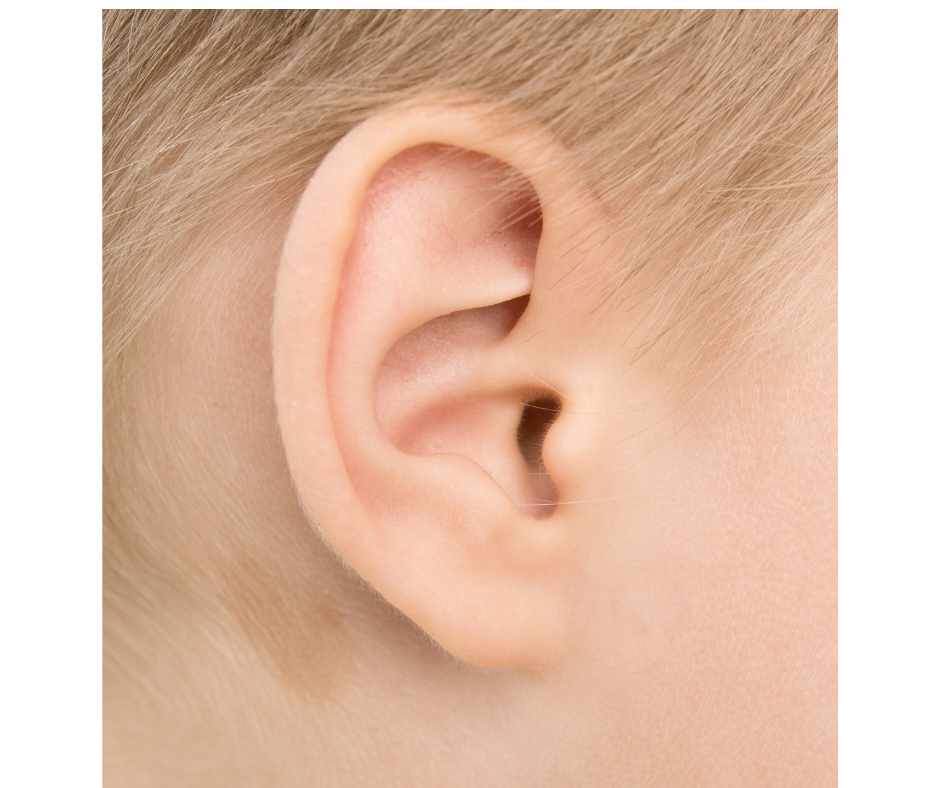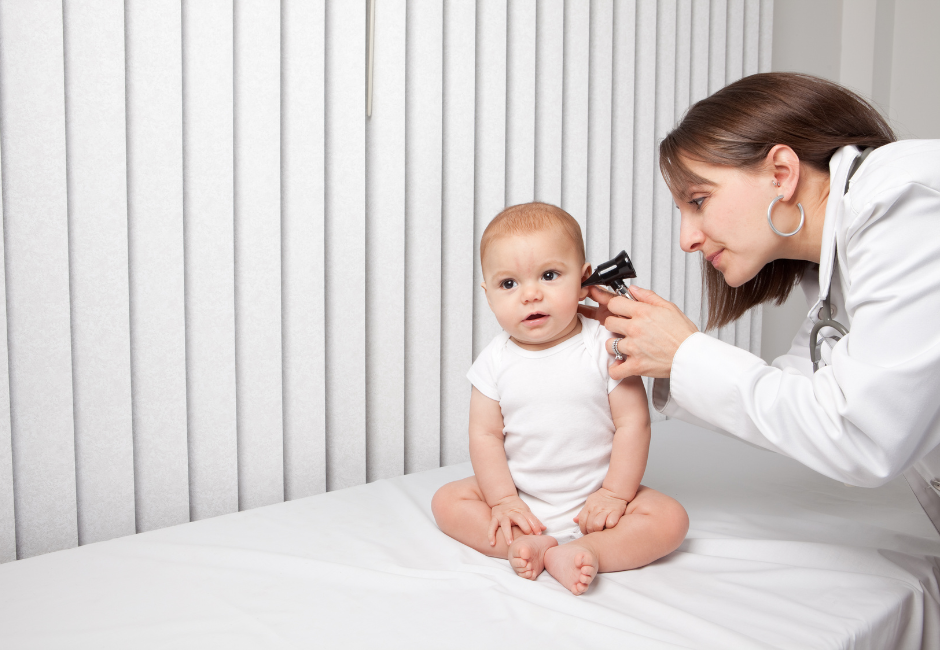
Are Sound Machines Safe for Babies?
March 14, 2023
White noise or pink noise is considered to be safe and recommended for use during sleep across the lifespan, so we consider it to be a positive sleep association. Thus, I do highly recommend using a sound machine for your baby as it cuts out distraction as well as any startling noises in the house throughout the night.
But did you know there’s a right way to use a sound machine?
Safety is my first priority in my work as a PA and as a sleep consultant. So here’s what I currently tell my clients about the safest practices with sound machines with the latest information I’ve found up to the date I’m writing this (March 14, 2023)!
The biggest thing with safety of white noise (and any noise) is the volume level, which is measured in A-weighted decibels (dBA).1 Sources tend to use 85 dBA as the unsafe volume threshold for chronic, 8+ hour exposure and potential damage to hearing for adults.1-3 We do not want to exceed a safe volume level of continuous, prolonged (overnight) noise exposure for anyone but I’ll focus on little ones here. Babies/toddlers 3 years old and younger have smaller ear canals than adults,4-5 so sounds can seem louder to them than they seem to us.5 Because of this, the current recommendations in NICUs are for noise levels to be kept at 45-50 dBA or lower (but many NICUs actually exceed this recommendation by far!).2,6-7 The American Academy of Pediatrics specifically recommends keeping levels <50 dBA at 200cm (about 7ft) from the child’s sleeping space.2 This is considered the optimal threshold when trying to promote appropriate auditory development and prevent infant hearing damage.2

Therefore, I recommend sticking to the AAP recommendations: try to keep the volume of the noise machine at no more than 50 dBA for little ones and about 200cm (or 7ft) away from the child’s sleep space.
That being said, it is okay to start a little louder at the beginning of the night/nap when a child is more upset – loud enough to match the volume of crying – and then decrease the volume when they fall asleep. The main concern is when using higher volumes for prolonged periods. Once sleep trained, you then can consistently use the lowest volume setting that allows for independent sleep while also not potentially affecting their hearing.
I have no affiliation with Apple, but Apple Watch has a specific app for measuring A-weighted decibels in an environment. You can also download other apps onto any phone/device to check noise levels. If too intense, lower the volume of the machine. If your machine does not allow for volume adjustments, move the machine to a part of the room that is further way from your child.
Has your sound machine been too loud for a while? Don’t panic!
While babies have smaller ear canals and are more sensitive to sound, the human body is also relatively resilient. These recommendations I wrote above are very conservative and are recommended because we want nothing but an abundance of caution when it comes to our kids, right?! Even NICUs often exceed these recommendations (see above), but that doesn’t mean we shouldn’t try our hardest to protect our children’s hearing at home. If you have any concerns about your child’s hearing (whether related to sound machines or not), reach out to your healthcare team!

Final note: Some parents worry they will eventually have to wean their children off the sound machine, but you do not. Many adults use white noise for sleep regardless of whether they used it as children, and that’s okay. If, however, your child decides someday that s/he doesn’t need nor want the white noise anymore, that’s completely up to their sleep preferences!
Disclaimer: This is not medical advice and the content in this blog should not be used to diagnose, treat, or cure any health conditions.
References
- Hong SA, Kuziez D, Das N, Harris D, Brunworth JD. Hazardous sound outputs of white noise devices intended for infants. Int J Pediatr Otorhinolaryngol. 2021;146:110757. doi:10.1016/j.ijporl.2021.110757
- Hugh SC, Wolter NE, Propst EJ, Gordon KA, Cushing SL, Papsin BC. Infant sleep machines and hazardous sound pressure levels. Pediatrics. 2014;133(4):677-681. doi:10.1542/peds.2013-3617
- National Institute for Occupational Safety and Health. Noise and occupational hearing loss. CDC. Updated January 25, 2023. Accessed March 14, 2023. https://www.cdc.gov/niosh/topics/noise/default.html#:~:text=85%20decibels,Recommended%20Exposure%20Limit%20(REL).
- Stuppert L, Nospes S, Bohnert A, Läßig AK, Limberger A, Rader T. Clinical benefit of wideband-tympanometry: a pediatric audiology clinical study. Eur Arch Otorhinolaryngol. 2019;276(9):2433-2439. doi:10.1007/s00405-019-05498-2
- Boys Town National Research Hospital. How to protect baby’s hearing? Accessed March 14, 2023. https://www.babyhearing.org/protect-hearing
- Almadhoob A, Ohlsson A. Sound reduction management in the neonatal intensive care unit for preterm or very low birth weight infants. Cochrane Database Syst Rev. 2020;1(1):CD010333. doi:10.1002/14651858.CD010333.pub3
- Casavant SG, Bernier K, Andrews S, Bourgoin A. Noise in the neonatal intensive care unit: what does the evidence tell us?. Adv Neonatal Care. 2017;17(4):265-273. doi:10.1097/ANC.0000000000000402